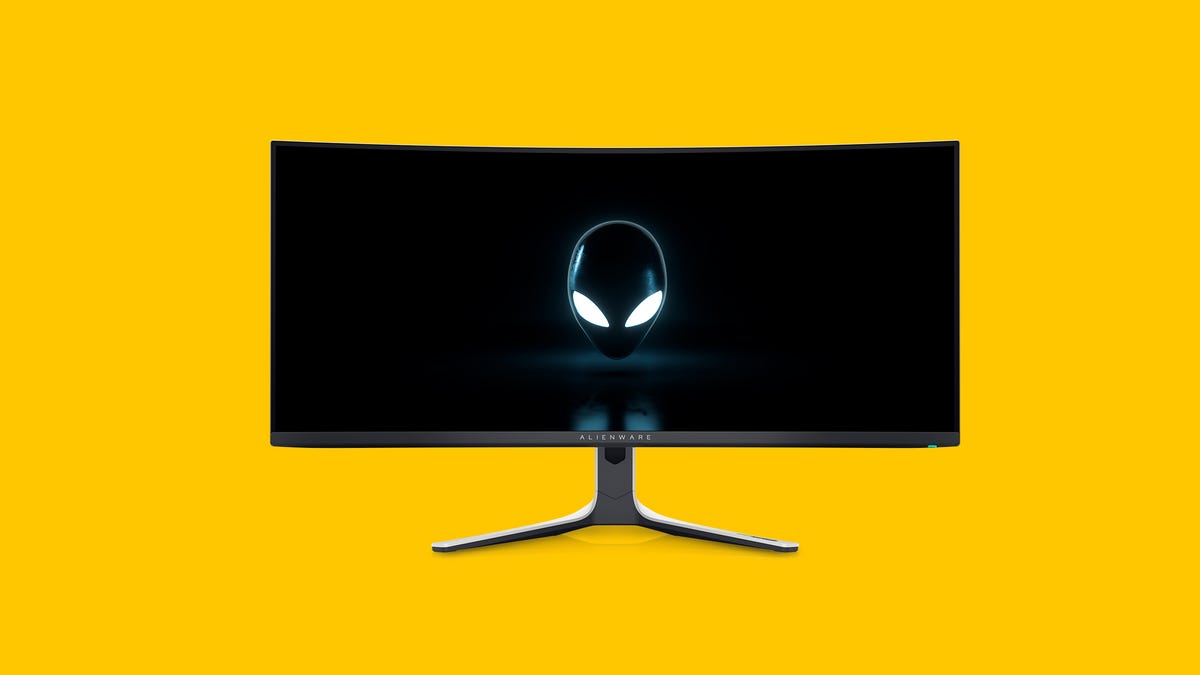Tech Versum: Explore the Future of Technology
Dive into the latest trends and innovations in technology with Tech Versum.
Why Your Gaming Monitor Matters More Than Your Graphics Card
Unlock the secret to gaming greatness! Discover why your monitor can outshine your graphics card for an epic gaming experience.
Unlocking the True Potential of Your Gaming Experience: The Role of Your Monitor
In the ever-evolving world of gaming, having the right equipment can significantly enhance your experience. One of the most crucial components is your monitor. A high-quality monitor not only provides stunning visuals but also ensures smoother gameplay. With features like high refresh rates and low response times, you can enjoy a more immersive experience that keeps you engaged for hours. Investing in a monitor that supports 4K resolution or even UltraWide formats can unlock a whole new level of detail and depth in your favorite games, making every pixel count.
Additionally, the size and performance of your monitor play a vital role in your gaming setup. A larger screen can enhance your field of view, allowing you to spot enemies or important details more quickly. It's also essential to consider the panel technology; for instance, IPS panels offer superior color accuracy and viewing angles, making them ideal for vivid gaming experiences. Don’t overlook features like adaptive sync technologies such as G-Sync or FreeSync, which can eliminate screen tearing and stuttering. By carefully selecting the right monitor, you can truly unlock the full potential of your gaming experience.

Gaming Monitor vs. Graphics Card: Which One Should You Prioritize?
When it comes to building a high-performance gaming setup, both the gaming monitor and the graphics card play crucial roles, but prioritizing one over the other can significantly impact your gaming experience. A top-tier graphics card enhances frame rates and allows for higher settings at detailed resolutions, which is especially important for immersive gameplay. On the other hand, a gaming monitor, particularly one with a high refresh rate and low response time, ensures that you can actually perceive the benefits of that powerful GPU. Therefore, if your primary focus is competitive gaming or fast-paced action titles, a monitor capable of displaying high frame rates should not be overlooked.
Ultimately, your decision should be influenced by the type of gaming you enjoy. For instance, if you're a casual gamer or enjoy single-player story-driven games, investing in a graphics card may provide a more noticeable enhancement in visual quality. However, if you often engage in competitive multiplayer games, prioritizing a high-quality gaming monitor can mean the difference between victory and defeat. In short, consider your gaming habits and preferences carefully; it might be wise to balance your investment between both components to achieve optimal performance.
How a High-Quality Monitor Enhances Your Gaming Performance
A high-quality monitor plays a crucial role in optimizing your gaming experience by providing superior image clarity, better color accuracy, and faster refresh rates. When playing graphic-intensive games, a monitor that supports high resolutions, such as 4K or even 1440p, allows gamers to appreciate intricate details and vibrant colors that lower-quality displays often miss. Additionally, monitors with higher refresh rates, such as 120Hz or 240Hz, deliver smoother gameplay by reducing motion blur. This results in a more immersive experience, giving players a competitive edge when it comes to reaction times and overall performance.
Moreover, a good monitor can help reduce eye strain during long gaming sessions, thanks to features like Flicker-Free Technology and blue light reduction. These elements make it easier to focus for extended periods without fatigue, enhancing both comfort and stamina during play. The integration of adaptive sync technologies, such as G-Sync or FreeSync, can also eliminate screen tearing and stuttering, ensuring that every frame is displayed seamlessly. In summary, investing in a high-quality monitor not only enhances visual appeal but also directly impacts gaming performance and player comfort.